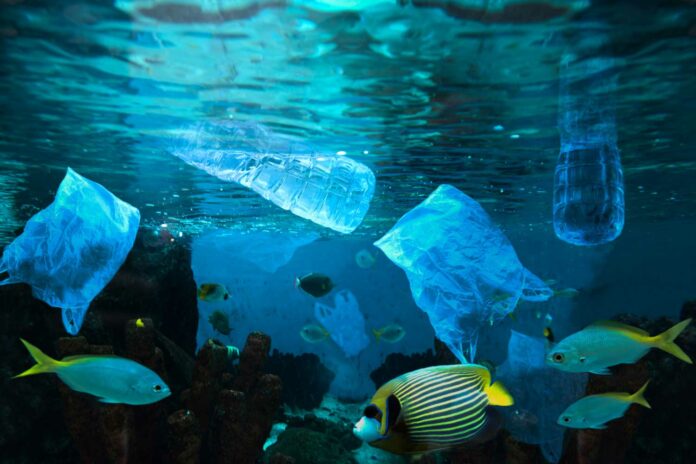A significant amount of plastic waste enters the ocean annually due to the exponential rise in plastic production and the inconsistent effectiveness of the world’s waste management systems. Even though millions of tonnes of plastic have made their way into the water, neither the patterns nor the factors that drive these patterns are fully understood.
Scientists from CSIRO, Australia’s national science agency, and the University of Toronto in Canada conducted a rigorous, systematic review of previously published datasets to synthesize our understanding of microplastic pollution on the ocean floor. They estimate up to 11 million tonnes of plastic pollution are on the ocean floor.
Dr Denise Hardesty, Senior Research Scientist with CSIRO, said, “This is the first estimate of how much plastic waste ends up on the ocean floor, where it accumulates before being broken down into smaller pieces and mixed into ocean sediment.”
“We know that millions of tonnes of plastic waste enter our oceans every year but what we didn’t know is how much of this pollution ends up on our ocean floor.”
“We discovered that the ocean floor has become a resting place, or reservoir, for most plastic pollution, with between 3 to 11 million tonnes of plastic estimated to be sinking to the ocean floor.”
Although the amount of microplastics on the seafloor has previously been estimated, this research focuses on larger things, such as nets, cups, plastic bags, and everything in between.
Ms. Alice Zhu, a Ph.D. The University of Toronto candidate who led the study said the estimate of plastic pollution on the ocean floor could be up to 100 times more than the amount of plastic floating on the ocean’s surface based on recent estimates.
“The ocean surface is a temporary resting place of plastic, so it is expected that if we can stop plastic from entering our oceans, the amount will be reduced,” Ms Zhu said.
“However, our research found that plastic will continue to end up in the deep ocean, which becomes a permanent resting place or sink for marine plastic pollution.”
For this study, scientists used scientific data to build two predictive models. One model used data from remotely operated vehicles (ROVs), whereas another used data from bottom trawls to estimate the amount and distribution of plastic on the ocean floor.
The ROV-based model estimated that 3 to 11 million metric tonnes of plastic pollution reside on the ocean floor. Additionally, it reveals that plastic debris clusters around continents; 46% of the plastic debris expected to be present on the ocean floor above 200 meters below the surface is found at this level. The remaining 54% of the anticipated plastic mass is found in ocean depths ranging from 200 m to 11,000 m.
Even though they make up only 11% of the Earth’s surface compared to 56% of the ocean, inland and coastal seas are expected to have just as much plastic mass as the remaining ocean floor.
“These findings help to fill a longstanding knowledge gap on the behavior of plastic in the marine environment,” Ms. Zhu said.
“Understanding the driving forces behind the transport and accumulation of plastic in the deep ocean will help to inform source reduction and environmental remediation efforts, thereby reducing the risks that plastic pollution may pose to marine life.”
Journal Reference:
- Xia zhu, Chelsea Rochman et al. Plastics in the deep sea – A global estimate of the ocean floor reservoir. Deep Sea Research Part I: Oceanographic Research Papers. DOI: 10.1016/j.dsr.2024.104266
